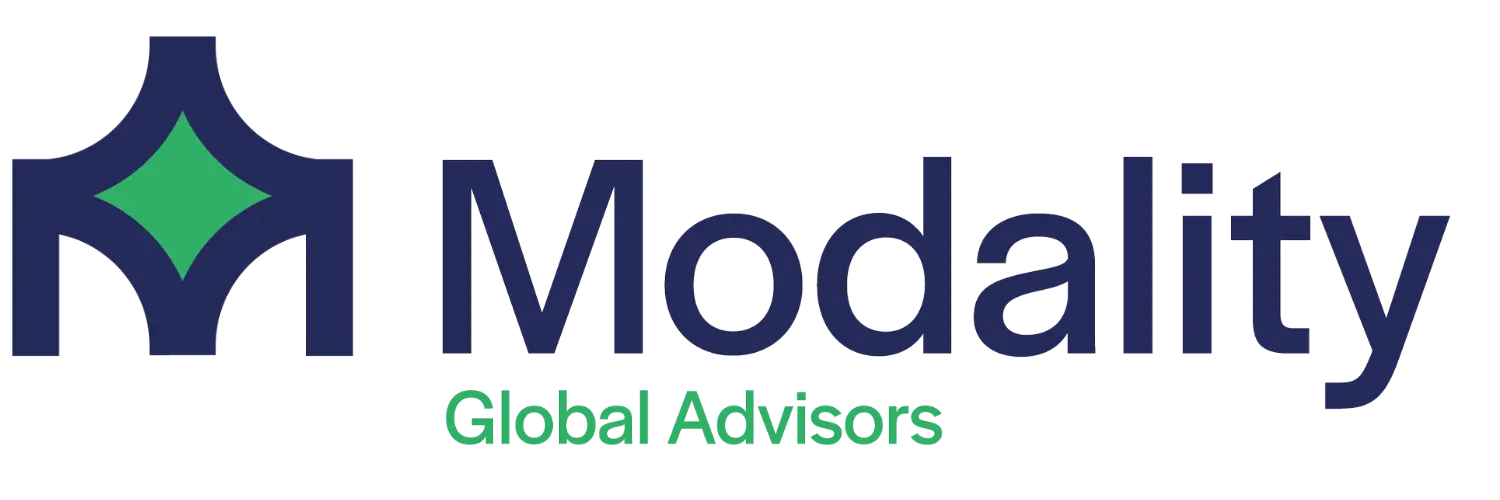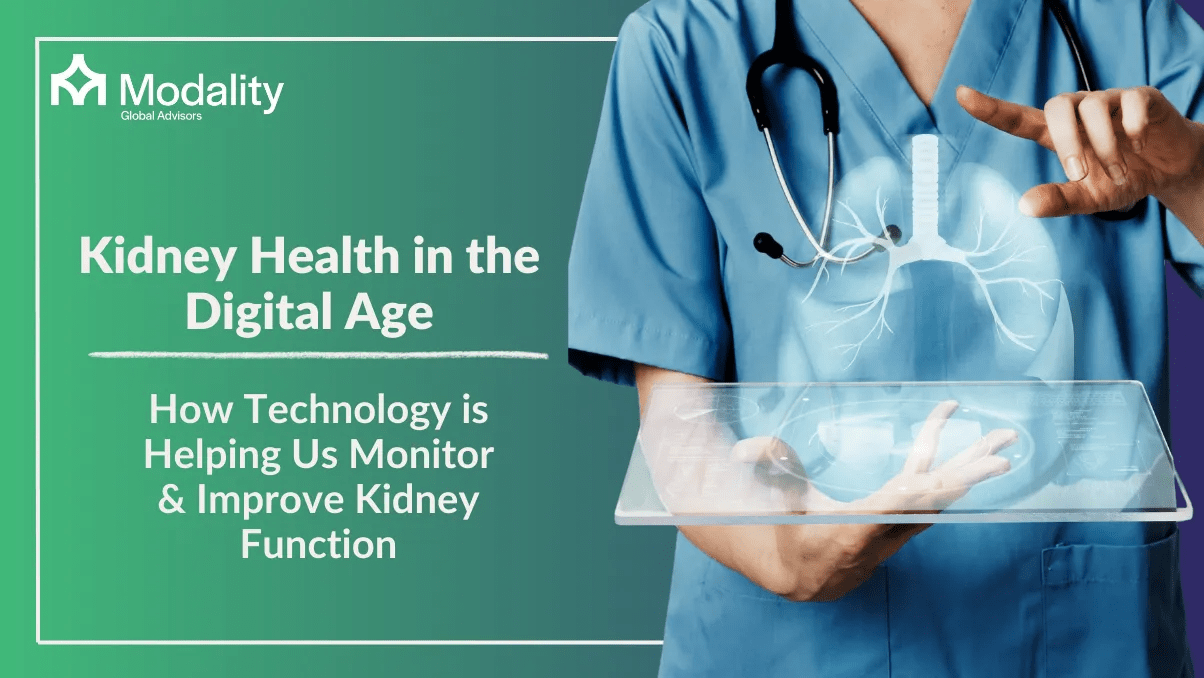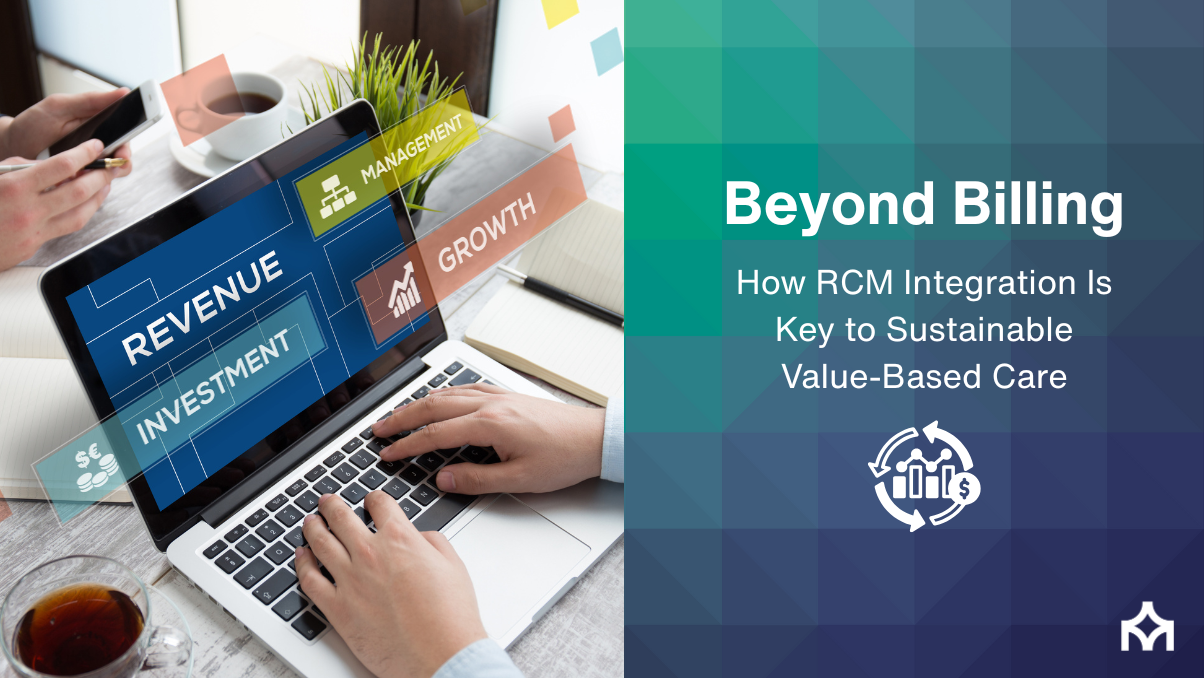Kidney Health in the Digital Age: How Technology is Helping Us Monitor and Improve Kidney Function
Kidney Health in the Digital Era: From Late Detection to Proactive Precision Care
More than 850 million people live with chronic kidney disease (CKD) worldwide. Because CKD is often asymptomatic until advanced, the biggest gains come from earlier detection, continuous monitoring, and tailored intervention. Digital health—AI, wearables, remote monitoring, and smart dialysis—now makes that possible at scale.
Why risk is rising: diabetes, hypertension, genetic predisposition, aging, and low awareness. Early, tech-enabled screening can slow progression and prevent costly complications.
What’s Changing Care—Fast
- Wearables & Home Sensors: Continuous BP, activity, sleep, and hydration proxies feed risk models; some devices track edema or bioimpedance to flag fluid shifts.
- AI-Powered Risk & Diagnostics: Algorithms synthesize labs (e.g., eGFR, ACR), vitals, meds, and SDOH to predict CKD onset/progression and prioritize follow-up.
- Tele-Nephrology & Remote Monitoring: Virtual visits and device feeds reduce travel burden, support medication titration, and stabilize BP/volume status.
- Smart Dialysis & In-Home Therapy: IoT-enabled PD/HD machines auto-capture treatment data, alert on anomalies, and integrate with EHRs for longitudinal care.
- Nutrition & Hydration Apps: Personalized sodium/protein guidance, fluid goals, and nudges improve adherence and slow decline.
From Fragmented to Proactive: A Practical Roadmap
- Find the Hidden CKD: Use EHR queries + AI risk scores to flag patients with diabetes/HTN, low eGFR, or albuminuria lacking follow-up.
- Tier Care by Risk: Low–mod risk: digital coaching + home BP; high risk: RPM kits (BP cuff/scale), monthly labs, pharmacist titration.
- Close the Data Loop: Integrate device/app data to the EHR; create kidney dashboards (eGFR slope, ACR trend, BP control, med adherence).
- Make It Equitable: Multilingual UX, offline-first apps, device lending, community screening, and culturally tailored education.
- Measure What Matters: eGFR decline rate, ACR improvement, BP control, ED visits, dialysis starts, transplant referrals, total cost of care.
Quick Compliance & Safety Tips
- Encrypt PHI in transit/at rest, role-based access, MFA, audit trails.
- Clinical validation of AI; surface explanations and guardrails for clinicians.
- Device selection with ISO/IEC security, FDA/CE status where applicable.
- Plain-language consent for data sharing; publish privacy practices.
10-Point Kidney Digital Readiness Checklist
- EHR registry for CKD risk (DM/HTN, eGFR, ACR) live
- AI risk stratification piloted and clinically reviewed
- RPM kits + protocols for high-risk cohorts
- Tele-nephrology scheduling integrated with labs
- Nutrition & hydration app library (vetted) offered
- Smart dialysis data flows to EHR (if applicable)
- Equity plan: device access, multilingual education
- Security/consent policies updated for device/app data
- Kidney KPI dashboard (eGFR slope, ACR, BP, ED visits)
- ROI model tied to avoided admissions and delayed dialysis
How Modality Global Advisors Helps
• CKD analytics & registry build • RPM/tele-nephrology design • Device/EHR interoperability • Equity-first engagement
• Clinical workflow redesign • Privacy/security compliance • Outcomes & ROI tracking
• CKD analytics & registry build • RPM/tele-nephrology design • Device/EHR interoperability • Equity-first engagement
• Clinical workflow redesign • Privacy/security compliance • Outcomes & ROI tracking
Talk to MGA about a CKD Digital Acceleration Sprint
Disclaimer: Digital tools complement—not replace—clinical judgment. Ensure local regulatory and privacy compliance.






